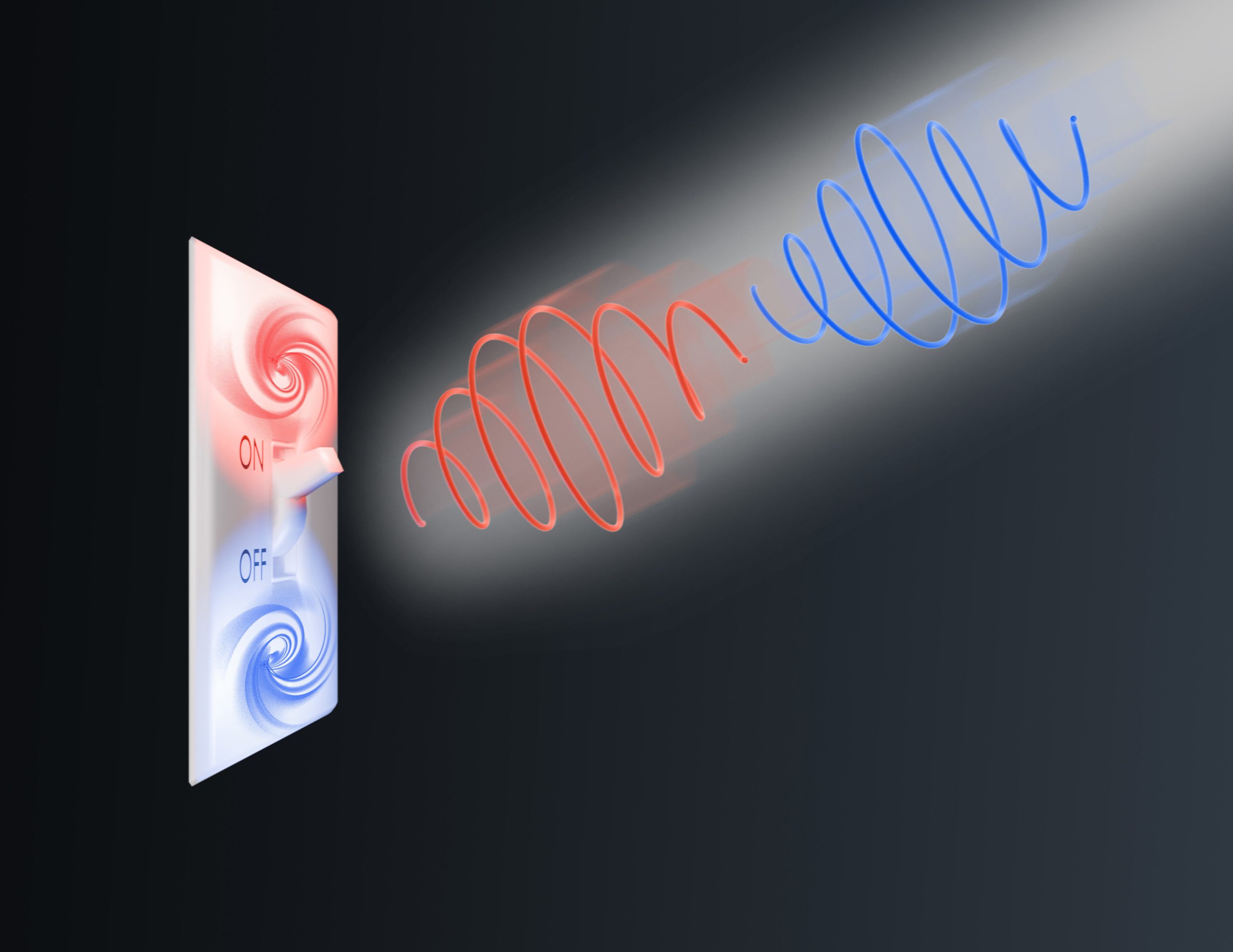A groundbreaking discovery in the world of data storage is set to transform how we save and access digital information. Scientists have unveiled a technique that uses circular terahertz light to switch ultra-stable ferroaxial materials. This innovation could lead to a new class of non-volatile memory, offering faster, more reliable, and energy-efficient storage solutions.

Next-Gen Memory: Faster, Smarter, Greener
Modern digital technology relies heavily on binary data storage, where information is stored as a series of 0s and 1s. Current memory devices, such as SSDs and flash drives, have limitations in speed, endurance, and power consumption. The new approach harnesses circular terahertz light to interact with specialized ferroaxial materials, enabling rapid data switching without the need for constant power. This means your devices could become even more efficient, with instant-on performance and persistent memory that doesn’t lose data when powered off.
The Future of Data Storage
As researchers continue to refine this method, we can expect a wave of innovations in consumer electronics, cloud storage, and even artificial intelligence. The promise of non-volatile memory powered by terahertz light could reshape everything from smartphones to supercomputers.
Sources:
SciTechDaily: The Ultimate Hard Drive? Terahertz Light Unlocks a New Class of Non-Volatile Memory
















